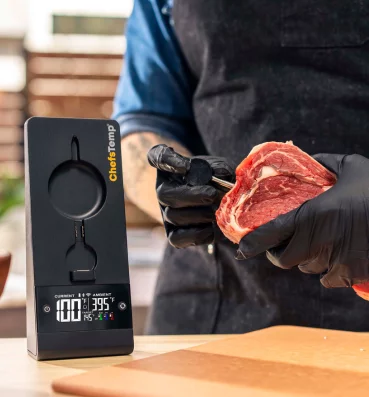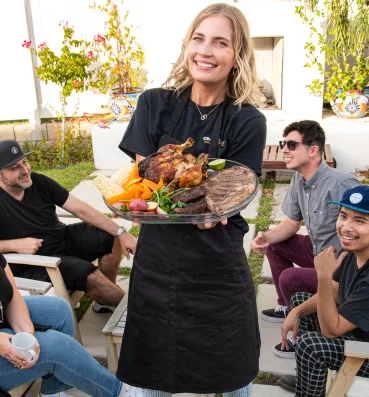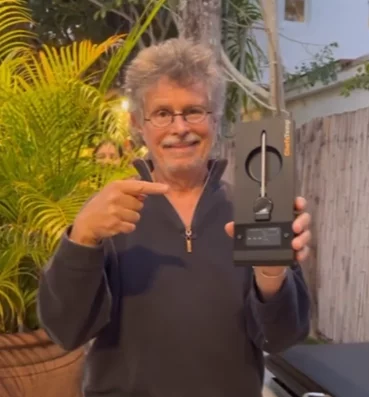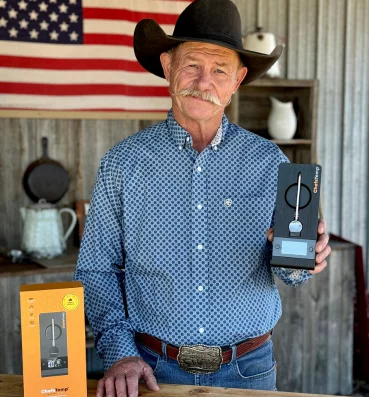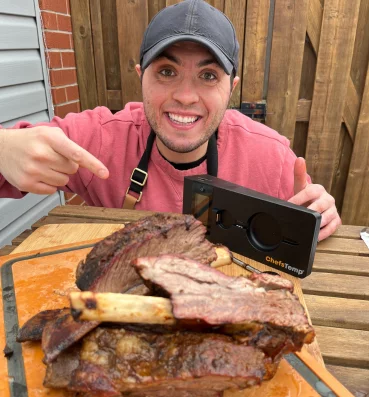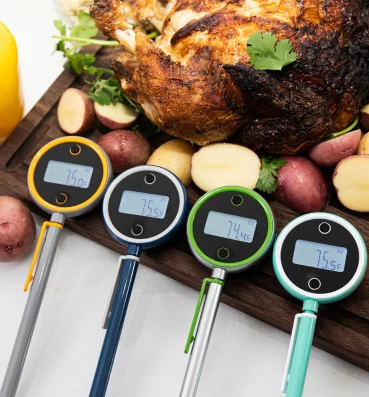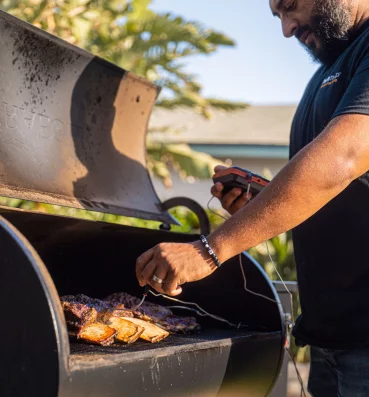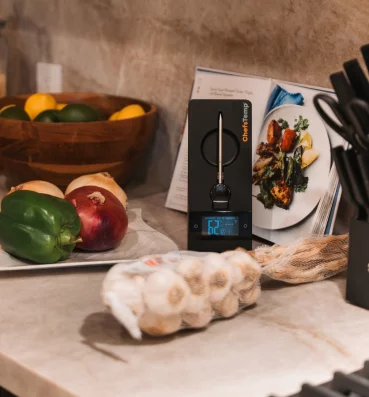1. What temperature is a danger zone for food?
The Temperature Danger Zone is a temperature range in which bacteria and viruses grow at an accelerated rate based on ideal conditions. The TDZ (Temperature Danger Zone) is 41⁰-135⁰F with the temperature range between 70⁰-125⁰F being the most favorable for bacterial growth. It is important to get food through this temperature range within two hours and to get the food to the recommended cooking temperature for each food as outlined in the food safety guide to kill the bacteria that may have grown on the foods.
2. What is the safe temperature for beef rare?
Rare Beef, the recommended lowest safe temperature for serving beef is 135⁰F, which being said, this is the temperature for Medium Rare beef, and if you prefer your beef rare, then this is overdone. Beef is one of the ambiguous foods that does not fit into the normal realm of temperature zones, much is the same with veal and lamb. Rare beef should be cooked to a minimum safe cooking temperature of 125⁰F. this is the lowest temperature where bacterial growth slows down. Always keep in mind the TDZ is designed to keep food safe and to eliminate food-borne pathogens which cause food-borne illness.
3. What is the minimum internal cooking temperature for seafood?
Seafood has a lower minimum internal cooking temperature than other foods. Most seafood, which includes fish, shellfish, and crustaceans need to be cooked to a minimum internal temperature of 145⁰F to kill any bacteria or parasites that might be present in the seafood. The temperature is lower for seafood due to the structure of the protein. This temperature does not apply to sushi grade tuna. It is flash frozen and is safe to be eaten as is. The main concern with fish is anisakiasis, which is a parasitic worm that grows in fish. The freezing process kills the worms and cooking seafood to 145⁰F also kills the parasite or any bacterial concerns.
4. What temperature should chicken be cooked to?
Chicken should be cooked to 160⁰F internal temperature for 15 seconds and then allowed to sit for at least 5 minutes so that carry over cooking will raise the temperature to 165⁰F and kill all the bacteria. There is a study which has shown that cooking poultry to 145⁰F for 8 minutes will also kill the bacteria, salmonella is the concern with poultry, and keep the poultry from drying out. If you are roasting, grilling, or frying chicken and monitor the temperature with a digital thermometer, you will see that once the food reaches 145⁰F, the internal temperature will raise rapidly to 165⁰F.
5. How do you know if the food is safe to eat and what should be used to check temperature of the food?
The only sure way to know if foods are safe to eat is by measuring the internal cooking temperature of the food in the thickest part of the food. Instant read thermometers are the most effective means of measuring this temperature. The types of instant read thermometers varies greatly. You have mechanical thermometers which you can insert into the food and take a temperature, you have roasting thermometers that you can leave in the food, you can use a digital probe thermometer such as the Smartro ST 54 which has two probes with leads you can leave inserted in the food and get a constant temperature read as the food cooks, and you can use the ChefsTemp Final Touch X10 instant read digital cooking thermometer as well.
6. How long can BBQ pork sit out at room temperature after cooking?
Any food cooked to a safe internal temperature of 165⁰F can be put out at room temperature and served. If you do not use chafing dishes with lids to maintain the temperature of 145⁰F to keep the food out of the temperature danger zone, then you have a limited amount of time to leave the food out. BBQ pork can be left sitting out at room temperature, covered, for no longer than 4 hours. After 4 hours the food will need to be refrigerated or reheated. If you choose to reheat the food, you must reheat it to 165⁰F and at this point you could leave it at room temperature for an additional 2 hours, afterwards the food must be discarded. The rule is you can only reheat food once and then any leftovers must be discarded.
7. Where should I place my probe tip to gauge doneness?
When testing doneness in most cooked foods, the coldest part will be the very center of the thickest portion. With larger foods, you can take quick readings with your thermometer in several locations to verify that the entire portion is done. If you are chilling food, the center of the thickest part will be the last to cool. Most digital thermometers have small sensors at the probe’s tip. Penetrate the food you are checking with the probe and place the very tip of the probe where you want to measure.
8. What’s the best way to get an accurate reading?
You can get the most accurate temperature by sticking the thermometer into the center of the thickest part of the meat or casserole. Also, make sure it’s not touching any bone or gristle. For whole chickens and turkeys, the thickest part is where the thigh meets the rest of the body. For thin pieces of meat like hamburgers, stick the probe sideways into the meat.
